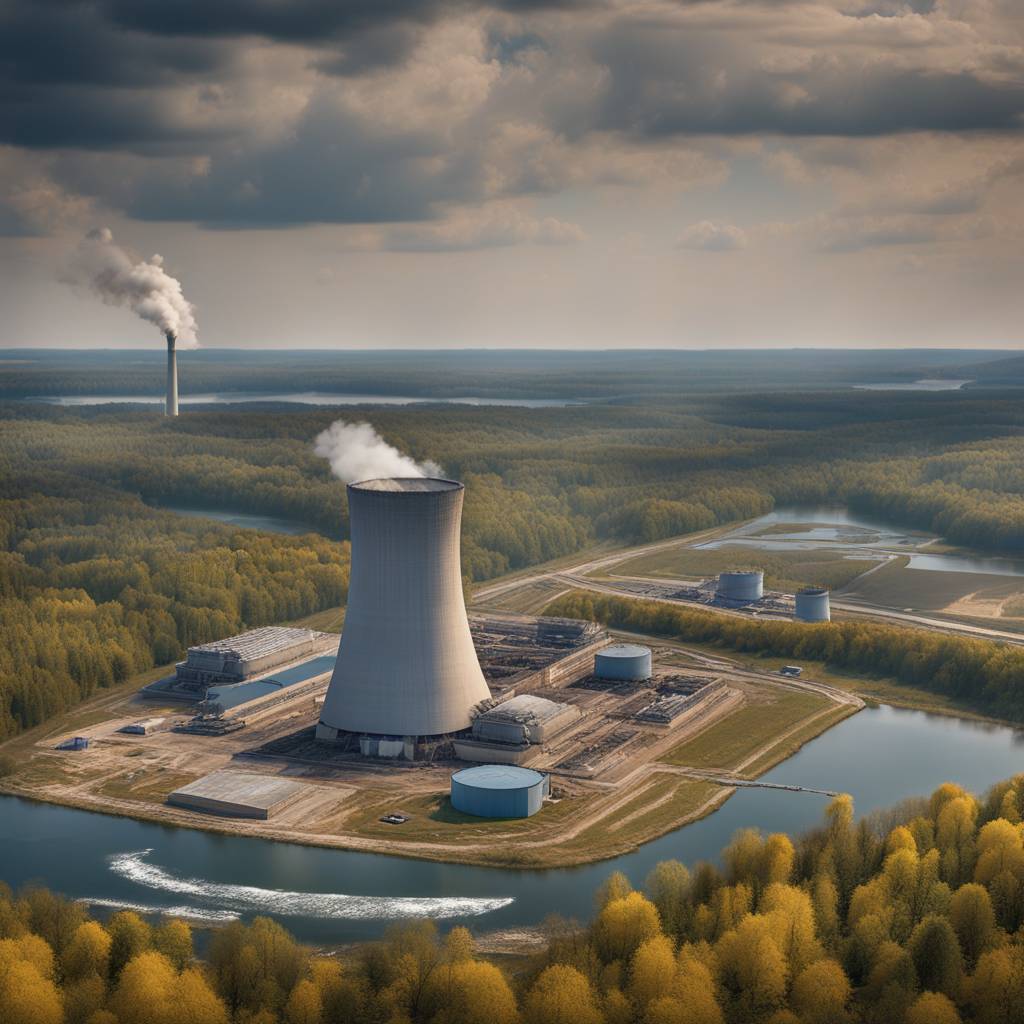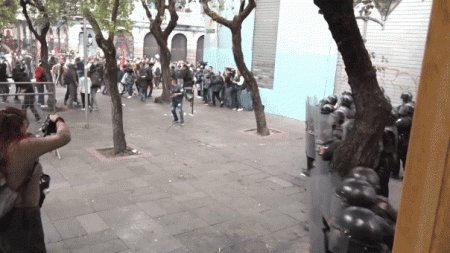A senior Ukrainian official has denied Russian accusations that Ukraine’s army fired exploding drones at Europe’s largest nuclear power plant, which is currently being occupied and run by Russian forces in southern Ukraine since the war began over two years ago. Andrii Yusov, spokesperson for Ukraine’s military intelligence agency, dismissed the attack claims and stated that Russian forces often fabricate strikes on the Zaporizhzhia Nuclear Power Plant. The International Atomic Energy Agency (IAEA) confirmed the drone strikes on one of the plant’s reactors but did not attribute responsibility for the attack to either side. The plant has been caught in the middle of the crossfire since the Russian invasion of Ukraine in 2022, and concerns about a potential nuclear catastrophe have been raised.
The Zaporizhzhia Nuclear Power Plant’s six reactors have been shut down for months, but the facility still requires power and qualified personnel to operate essential safety features and cooling systems. The IAEA noted that the drone strikes resulted in one casualty but did not observe structural damage to key components crucial to the plant’s safety. Despite this, there was superficial scorching to the top of a reactor dome, which indicated a serious incident with the potential to compromise the integrity of the reactor’s containment system. IAEA chief Rafael Mariano Grossi stated that the main reactor containment structures were hit at least three times, emphasizing that such incidents should not occur.
The Zaporizhzhia Nuclear Power Plant has been a key target for Russian authorities since they seized control after the invasion in 2022. The Institute for the Study of War suggested that Russia’s occupation of the plant is being used to pressure international organizations, including the IAEA, into legitimizing their control and the broader occupation of Ukrainian land. The ongoing conflict in the region has heightened concerns about the safety and security of the nuclear facility, with the potential for a catastrophic event if proper maintenance and oversight are not maintained.
Despite the denial by Ukrainian officials and the lack of direct attribution by the IAEA, the confirmed drone strikes on the Zaporizhzhia Nuclear Power Plant underscore the volatile situation in Ukraine and the risks posed to critical infrastructure. With the plant’s reactors already shut down, the need for power and skilled personnel to maintain safety systems is crucial to preventing a potential nuclear disaster. The ongoing conflict between Russia and Ukraine adds to the challenges faced by international organizations in ensuring the security and stability of the region, particularly concerning sensitive facilities like nuclear power plants.
The international community continues to monitor the situation at the Zaporizhzhia Nuclear Power Plant closely, with concerns about the potential for escalating conflict and the safety of such a critical facility. The IAEA’s confirmation of the drone strikes highlights the immediate threat to the plant’s operations and the need for increased cooperation and oversight to prevent further incidents. As tensions between Ukraine and Russia remain high, the safety of the Zaporizhzhia facility and the potential consequences of any further attacks are paramount to preventing a potential environmental and humanitarian disaster in the region.
In conclusion, the confirmed drone strikes on the Zaporizhzhia Nuclear Power Plant serve as a stark reminder of the ongoing conflict in Ukraine and the risks posed to critical infrastructure in the region. The need for enhanced international cooperation and oversight at the facility is essential to prevent a potential nuclear catastrophe. The denials and accusations between Ukrainian and Russian officials further complicate the situation, highlighting the broader challenges faced in the region. The international community must continue to monitor developments closely and take steps to ensure the safety and security of sensitive facilities like the Zaporizhzhia plant in the midst of the conflict.













